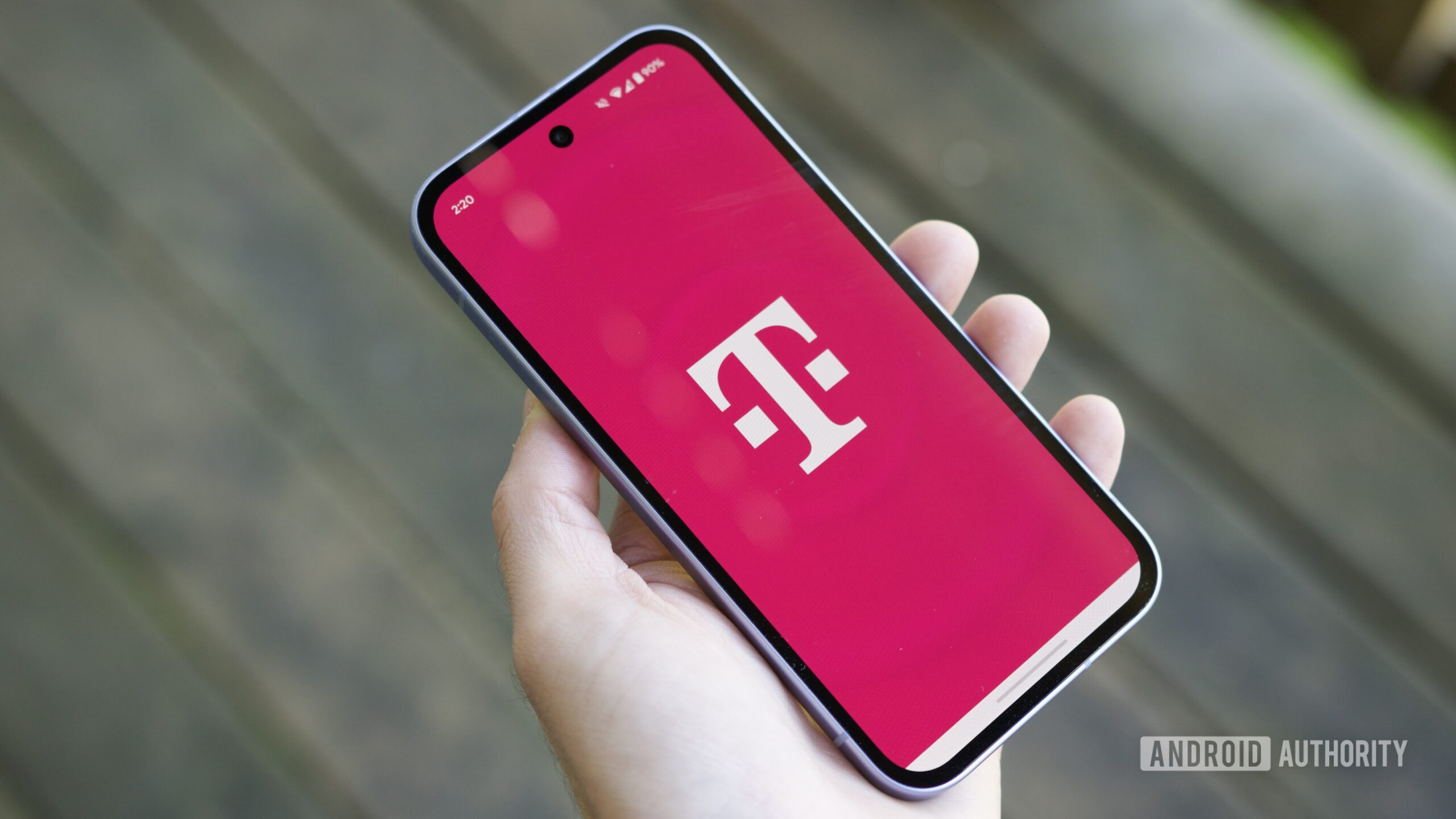
- T-Mobile is the first US-based carrier to upgrade to a new “L4S” network technology, which reduces latency in its 5G networks.
- L4S improves upon existing technologies by decongesting networks in real-time, prioritizing applications that require faster internet.
- Thankfully, you don’t need to upgrade to newer hardware to use T-Mobile’s new low-latency tech.
Choppy video calls or online games are among the most wicked ways to ruin someone’s mood. Every carrier wants to avoid doing that, which results in the never-ending race to test and then implement newer network technologies at scale. In line with these efforts, T-Mobile is upgrading its 5G networks with a new technology that will make your video calls, VR experiences, and online gaming smoother and almost jitter-free.
T-Mobile says it is the first carrier in the US to implement the L4S standard designed to decrease unwanted delays in transmission. L4S stands for “Low Latency, Low Loss, Scalable throughput,” and decongests networks by allowing faster movements of data packets for specific applications in real-time. This is an improvement over existing congestion-control protocols, which first analyze packets of data and then prioritize certain apps, resulting in congestion at the receiver’s end.